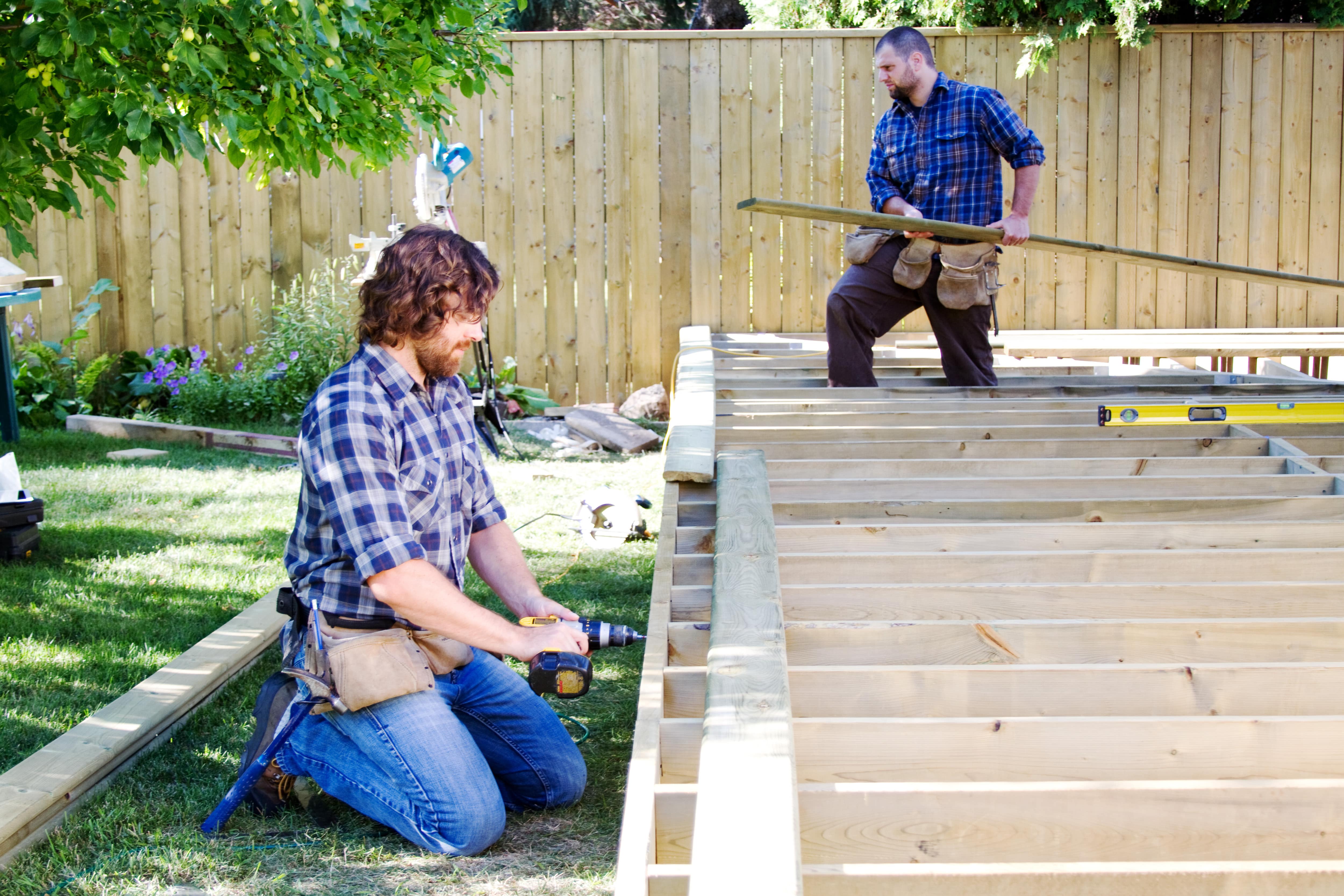
American Building Development
American Building Development
We pride ourselves on our extreme professionalism and attention to detail. Our customer satisfaction guarantee will assure you we will not leave your property until you are completely satisfied with our work. As a locally owned and operated business you can trust that we will treat your home as we would treat our own. Give us a call today, and we look forward to working with you!
"I had a great experience, Dan, walked me through the process. If I had any concerns he would come by to talk it out with me. I made changes during the process, and they easily accomplished my request. Great team to work with very friendly & helpful."
Jessica H on August 2022
We pride ourselves on our extreme professionalism and attention to detail. Our customer satisfaction guarantee will assure you we will not leave your property until you are completely satisfied with our work. As a locally owned and operated business you can trust that we will treat your home as we would treat our own. Give us a call today, and we look forward to working with you!
"I had a great experience, Dan, walked me through the process. If I had any concerns he would come by to talk it out with me. I made changes during the process, and they easily accomplished my request. Great team to work with very friendly & helpful."
Jessica H on August 2022














